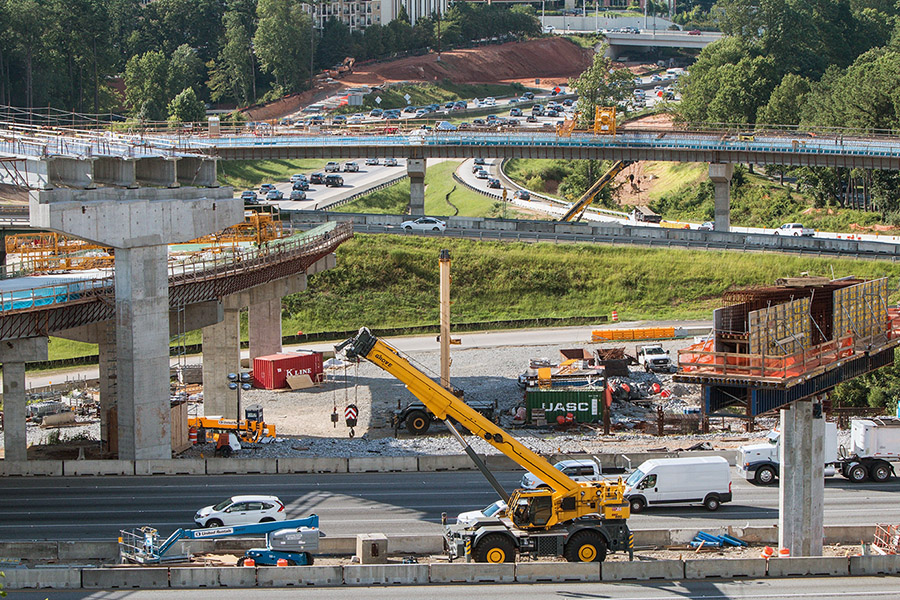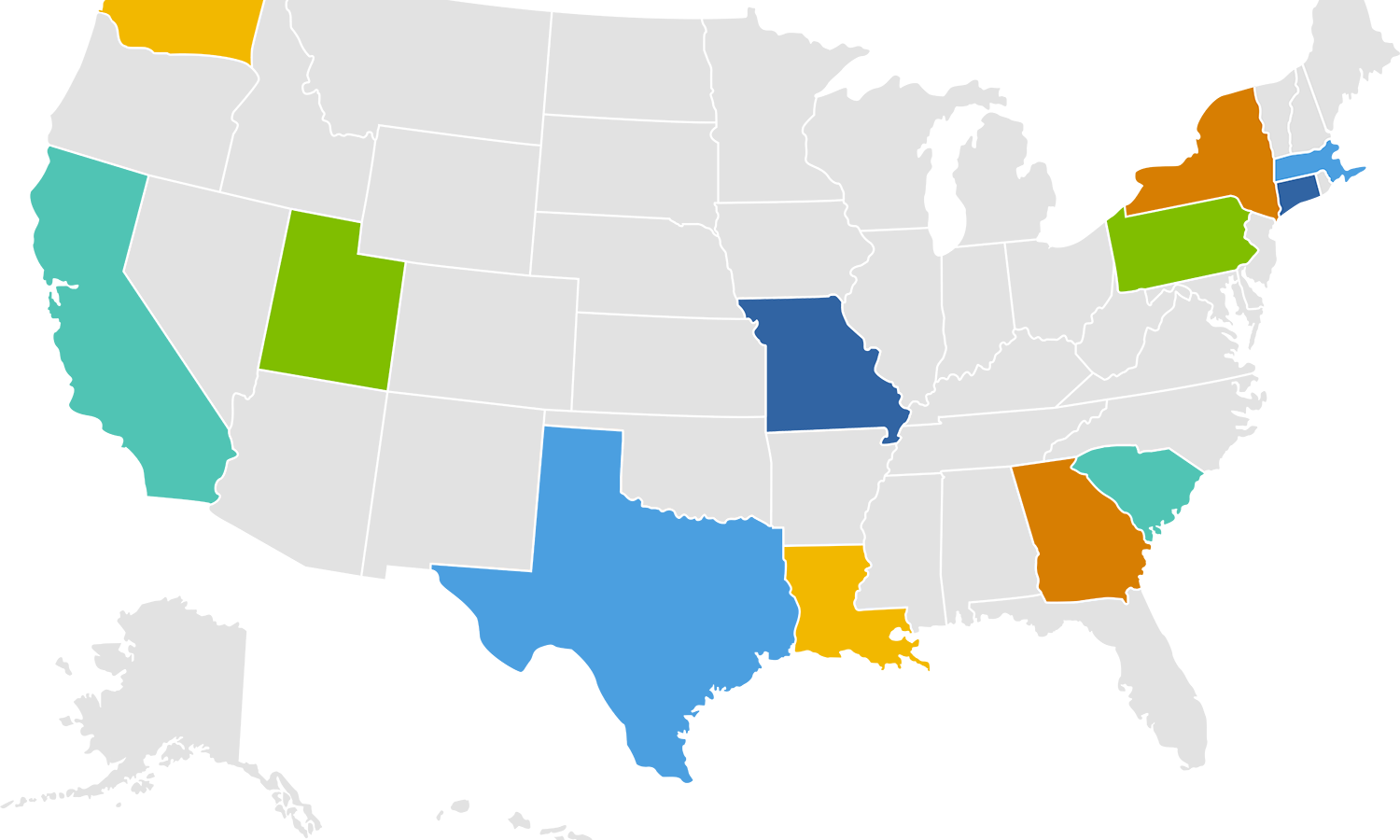Author: Craig Weiland, Solutions Engineer
As more heavy civil construction projects shift away from Design-Bid-Build to Design-Build delivery, teams are realizing how much technology can help them make this leap. In fact, technology is one of the driving factors behind this evolution.
As anyone who has been on a jobsite or in a planning/design meeting in the last few years can attest, projects are no longer designed by hand at a drafting table. We no longer have to break out the erasers each time a design changes. Until recently (and some people are still here) 2D software, like AutoCAD, improved design efficiency significantly – but AutoCAD generated designs still require significant rework when changes are made. This type of designing and working lacks fluidity. Designs must anticipate unknowns—which is impossible to do—and are overall less flexible.
Luckily for everyone, especially the taxpayers who are footing the bill, modern technologies have revolutionized the design and construction process. Now an update can be made to a design and, within a matter of moments, all stakeholders and everyone in the field and in the office can be looking at up-to-the-minute specs. Additionally, teams can use technology to do a better job of documenting delivery. The work delivered is no longer historical information that is trapped in someone else’s head.
With the explosion of construction technology options, it is essential to understand the limitations of some solutions with regard to their adaptability to a design-build workflow. Many owners have found it difficult, if not impossible, to use legacy systems traditionally used for design-bid-build contracts on their design-build projects.
Most legacy systems are challenging to work with – which is to say you cannot easily extract data or integrate the older system with other systems or tools. Such systems are not flexible enough to document things that need to be tracked on design-build projects like placed quantities and bid items. Further, legacy systems can’t track projects by schedule items, activity codes, or work packages provided to the owner by the design-build teams. Tracking and reporting on these elements of delivery is essential for owner verification in a design-build environment.
The path forward is to select technology partners with solutions flexible enough to capture real-time inspection and verification data for all project delivery types.
Our solutions are flexible and adaptable: essential characteristics for design-build construction delivery. By using HeadLight’s Fieldbook app, users in the field can efficiently gather higher quality data with less operator effort, resulting in increased productivity, more comprehensive reports, and quicker delivery times. Our solutions create a clear line of sight for all project stakeholders, giving the owner peace of mind and establishing a competitive advantage for the firm by helping them provide an exceptional product.



